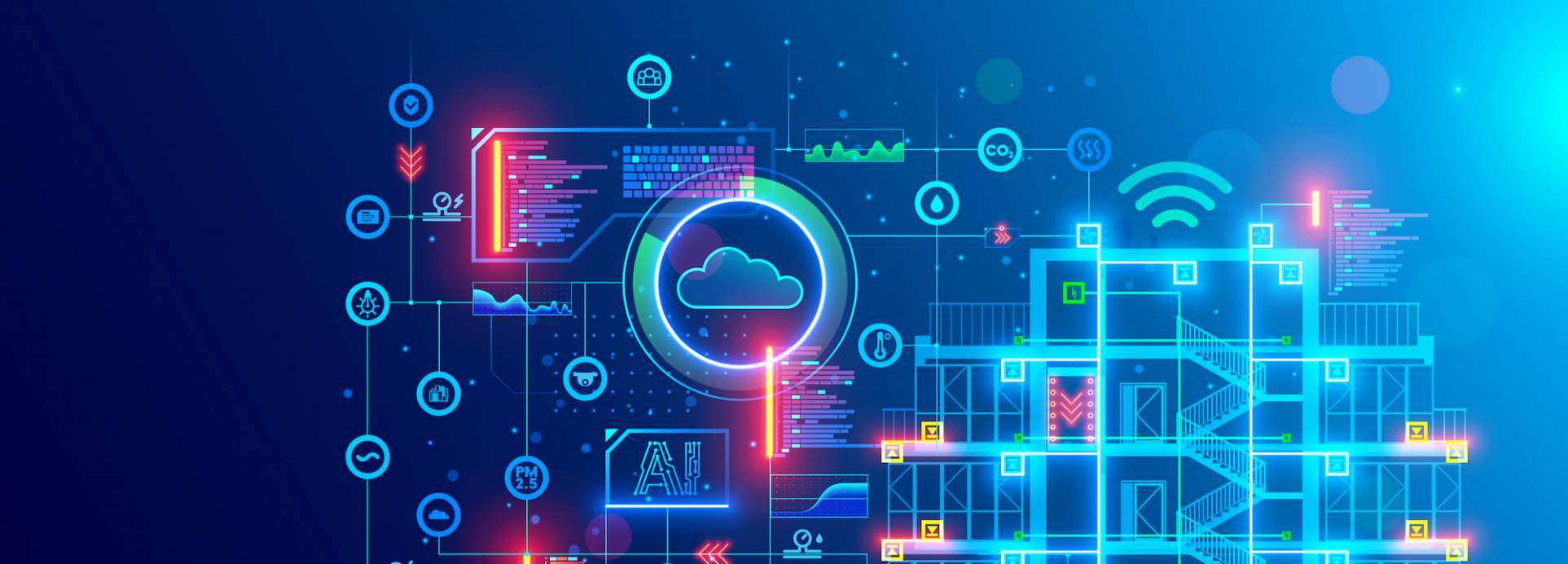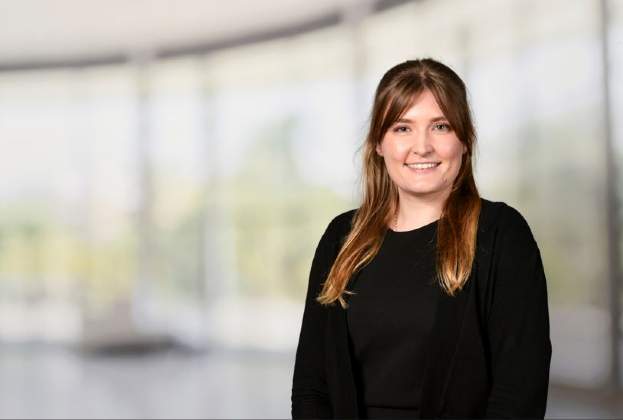Quite simply, a digital twin is a perfect digital replica of a physical asset. It enables increased collaboration, data analytics and simulated conditions almost instantaneously. Today, companies are utilising digital twins as an essential tool for adding value to entire supply chains and innovating goods and services.
This is no different in the real estate industry: a digital twin is a data model that represents the dynamic state of a building, integrating live information from various smart building systems. This is a pertinent topic particularly with the current return to the workplace, with companies re-evaluating their office space requirements to cater for their workforce and adhere to current social distancing regulations.
The specific benefits of digital twins can include:
Space and asset management A digital twin enables the monitoring of office occupancy to make sure it remains within defined targets. Modelling can help HR and facilities management optimise floor layouts to reduce people working in close proximity, as well as monitor the situation in real-time to limit the number of people within specific zones.
Move management Planners can collaborate and provide real-time input instead of exchanging hard-copy drawings and combining data. You can retrieve an exact headcount on any floor at a glance and then explore different allocation options with a few keystrokes.
Contract management Without integrated data, it’s nearly impossible to determine whether your portfolio can support your future business needs. A digital twin enables you to proactively manage real estate expenses. Advanced notifications create a window of time to consolidate square footage, change your office density, or terminate a lease.
Employee management The ability to manage a building through a digital twin may help reduce the number of people required in the office, making it safer for those who need to be there. Facilities team members can monitor HVAC, electrical and mechanical equipment remotely with the option to schedule physical on-site visits if required, both increasing efficiency and reducing costs and emissions.
Predictive analytics Predictive analytics provide a means for employers to model/simulate against ‘what if’ scenarios. This ability provides companies with unparalleled flexibility in fast-paced workplaces that increasingly demand swift adaptation. They can predict maintenance activities and events, in turn aiding the navigation of unexpected interventions and ultimately streamline costs throughout the building’s operational life.
Sustainability With ESG credentials gaining momentum across all sectors and the UK government recently announcing that climate risk reporting will become mandatory within the next five years, a digital twin can help by measuring resource usage providing landlords and tenants with the information to make more informed decisions. This could include forecasting and eliminating waste, or proactively managing usage thresholds such as measuring air quality, identifying zones struggling with emissions and controlling behaviours to improve performance.
As the digital twin trend accelerates in the coming years, more organisations will explore opportunities using such technologies to optimise processes, make data-driven decision in real time and design new products, services and business models. As technology becomes more advanced and more affordable the ability to collect, analyse and communicate information increases making the interface between the built environment and digital spheres invaluable.

.jpg)
.jpg)

